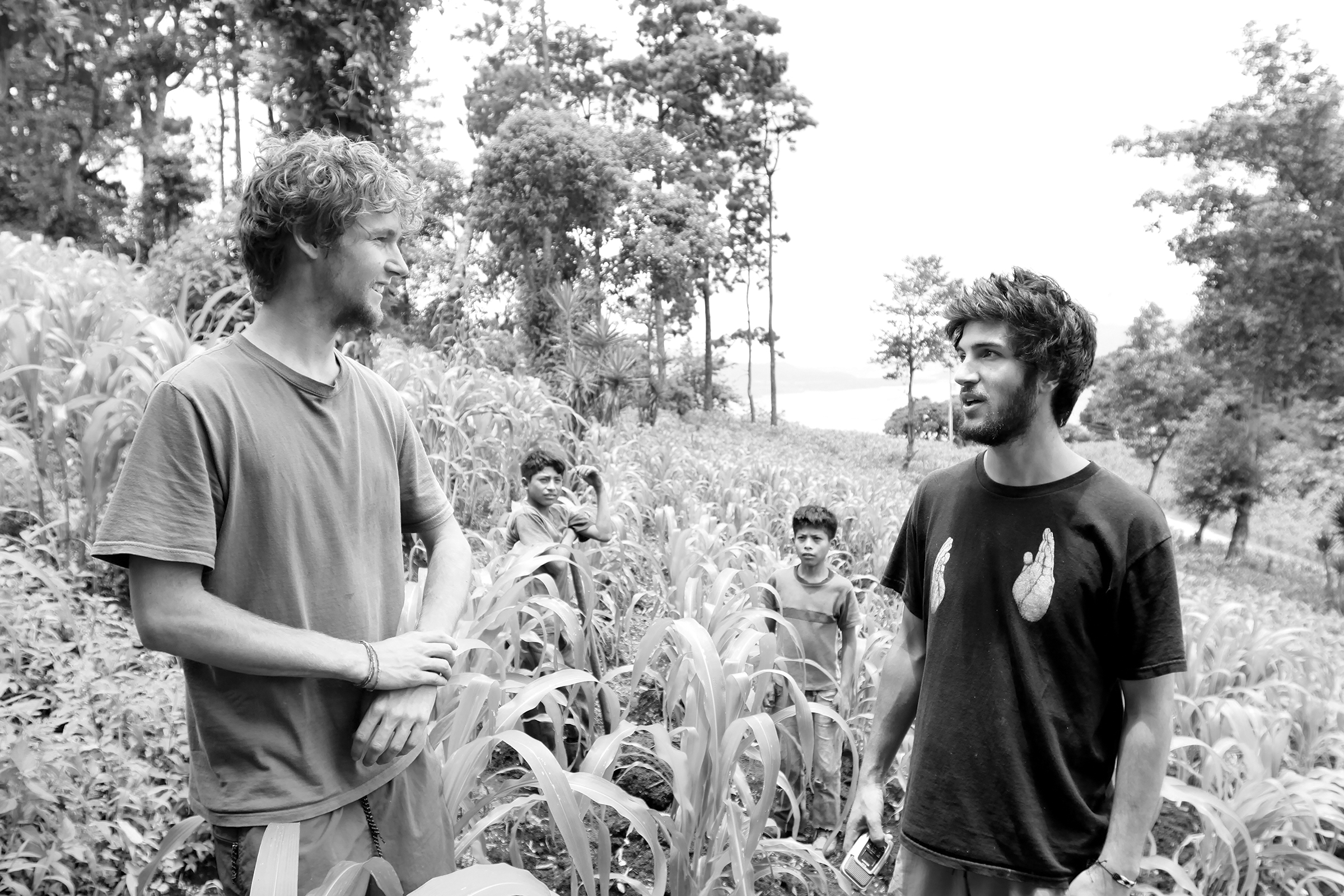Mason Orso
Staff Writer
Released on April 22, 2013, “Living on One Dollar” is a documentary about the experience four college friends had in a visit to Guatemala. The purpose was to experience living in the poverty that encompasses the Guatemalan social environment.
The friends—Chris, Zach, Sean and Ryan—planned to survive off one dollar a day for the duration of their visit.
Each one of them is accustomed to living in New York and Seattle, meaning the harsh adjustment to a different culture and way of life permeates throughout their adventure.
Arriving in Guatemala was just the first step into their difficult journey.
Here they observed firsthand the poverty, individual struggle, difficult loan obtainment and expensive healthcare that plagues the country.
I found the documentary to be extremely effective, constantly playing with my emotions in a heart-tugging way. It’s one thing to hear about bad situations happening in the world, but seeing them in such a raw, unfiltered way is disturbing.
The people of Guatemala do not always know when they will obtain their next reliable source of income, which is something that is hard to realize until witnessing firsthand.
The entire idea of unreliability is mentally draining.
I could tell these friends were starting to feel drained just from observing what was happening around them.
To replicate the sense of poverty as realistically as possible, the friends set up a system of randomization: each day they had to draw a number from a hat, determining how much money they would have for the day.
The money they had couldn’t be used on luxuries or conveniences; instead, the focus settled on food and shelter—the very basics of human survival.
Through conversation with the local community, they came to realize how hard the people of Guatemala had to work to earn their low wages.
Along the way, they met a 12-year-old boy named Chino.
Chino was forced to work out in the fields to help his family with income.
Each of them learned of Chino’s aspirations to become a professional soccer player; however, being impoverished hindered him from living out his dreams.
As the Americans continued their journey throughout Guatemala, they came across many different types of people.
The next prominent person they met was Anthony and his family.
Anthony approached the group and extended them invites to his home; he appeared to be better off than the rest of the community.
Anthony taught them how to live in a more efficient manner by increasing their ability to use fires and obtain better quality food.
The encounters with the community and their hard-working natures reeled me in, particularly through an emotional lens. I could tell all these people wanted was to earn their keep, but with the law of the land being as difficult as it was, it became nearly impossible.
The very thought of working hard and earning nothing really struck me.
Even in his given state of hardship, Anthony and his family were kind, generous and helpful.
The group understood the struggle of obtaining food, water and maintaining adequate shelter by experiencing it all firsthand, giving them a newfound glimpse of the brutal realities so many people deal with each day.
They then investigated the banking and loan systems of Guatemala where they learned of the difficulty that comes along with getting loans.
A decent quality of life was nearly impossible to reach with their income.
It was apparent that the community could not obtain financial help, despite needing it very badly.
The severe lack of healthcare and the cost of medications was another prominent issue.
By the end of their journey, some of the group members had lost a total of 20 pounds.
The community’s ability to still express kindness and generosity is influential as it is equally humbling. Seeing people not giving up, but instead giving out is the epitome of what it means to be human. This documentary shows that.
Ultimately, the film affected me by sparking emotions such as happiness, in the generosity of the people and their empathy.
In our culture, it is not as difficult to pursue goals and ambitions compared to the struggles in Guatemala—and if you want to see real-world difficulties, check out “Living on One Dollar.” I give this documentary an 8/10.

